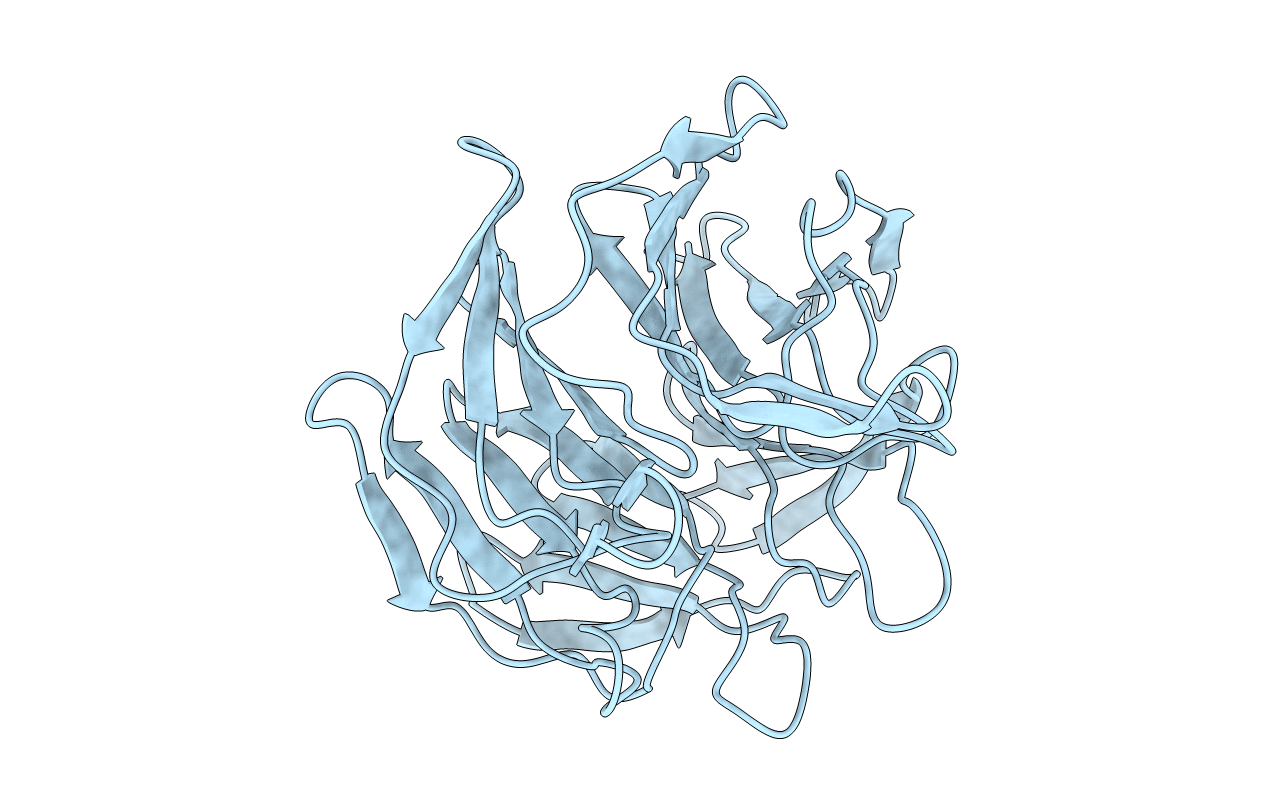
Deposition Date
2005-04-21
Release Date
2005-10-04
Last Version Date
2024-11-20
Method Details:
Experimental Method:
Resolution:
1.35 Å
R-Value Free:
0.13
R-Value Work:
0.11
R-Value Observed:
0.11
Space Group:
P 65 2 2


